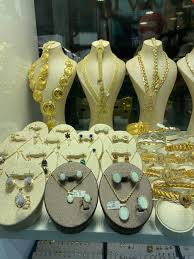In recent years, minimalist footwear has gained popularity due to its mix of comfort, practicality, and health advantages. Minimalist shoes, characterized by their simplicity of design and their minimalist approach to cushioning and support, provide a different option to cushioned, traditional footwear. This comprehensive guide will assist you in choosing the ideal shoe for you. minimalist shoes.
What Is Minimalist Footwear?
minimalist footwear is made to mimic the sensation of walking barefoot while still offering some protection to feet. These shoes typically feature an incredibly flexible, thin sole, a large toe box that allows for natural foot splay, and a low heel-to-toe drop, which encourages the natural movement of your walking style. The goal is to encourage better foot mechanics and enhance the strength of the foot overall.
Key Features to Consider
Sole Thickness and Flexibility: Minimalist shoes usually have a lighter sole when compared to conventional footwear. This gives you more feeling of the ground and greater flexibility. When selecting a pair make sure the sole is not too thin but robust enough to shield your foot from sharp object and rough surfaces.
toe Box Wideness: A wide toe box is crucial for allowing your toes to expand naturally. Shoes with a narrow toe box can constrain toe movement and can cause discomfort or foot deformities over time. Look for shoes with large toe boxes that supports your foot’s natural shape.
Heel-to-Toe Drop: The heel-to-toe drop is the difference in height between the forefoot and heel. A minimalist footwear generally has a lower or zero drop, promoting a more natural gait and reduces the risk of injuries to the heel. This style helps align the body and encourages the forefoot or midfoot strike.
Material and build quality Select footwear constructed from top-quality and breathable materials that provide both comfort and endurance. Natural materials like canvas and leather are excellent choices since they will conform to the shape of your foot as time passes.
Sizing and Fit: Proper fit is essential for any kind of footwear, but especially so in minimalist shoes. Since they offer lower cushioning, support and padding make sure they fit comfortably and snugly. Consider trying them on at the end of the day when your feet are swelling to ensure the perfect fit.
Benefits of Minimalist Footwear
The most important benefits that come with minimalist footwear include improved foot strength, better posture, and an easier gait. Many users report reduced foot and joint pain and enhanced proprioception–the ability to sense the body’s location in space.
Conclusion
The best pair of minimalist footwear involves understanding the key aspects and how they match with your preferences. By focusing on factors like sole thickness, toe box width, heel-to-toe drop, and the quality of the material You can pick footwear that will not only look good but also aid in your overall health. Whether you’re a seasoned minimalist or you’re just starting to investigate this new trend, the perfect set of minimalist shoes can transform your running and walking experience.


